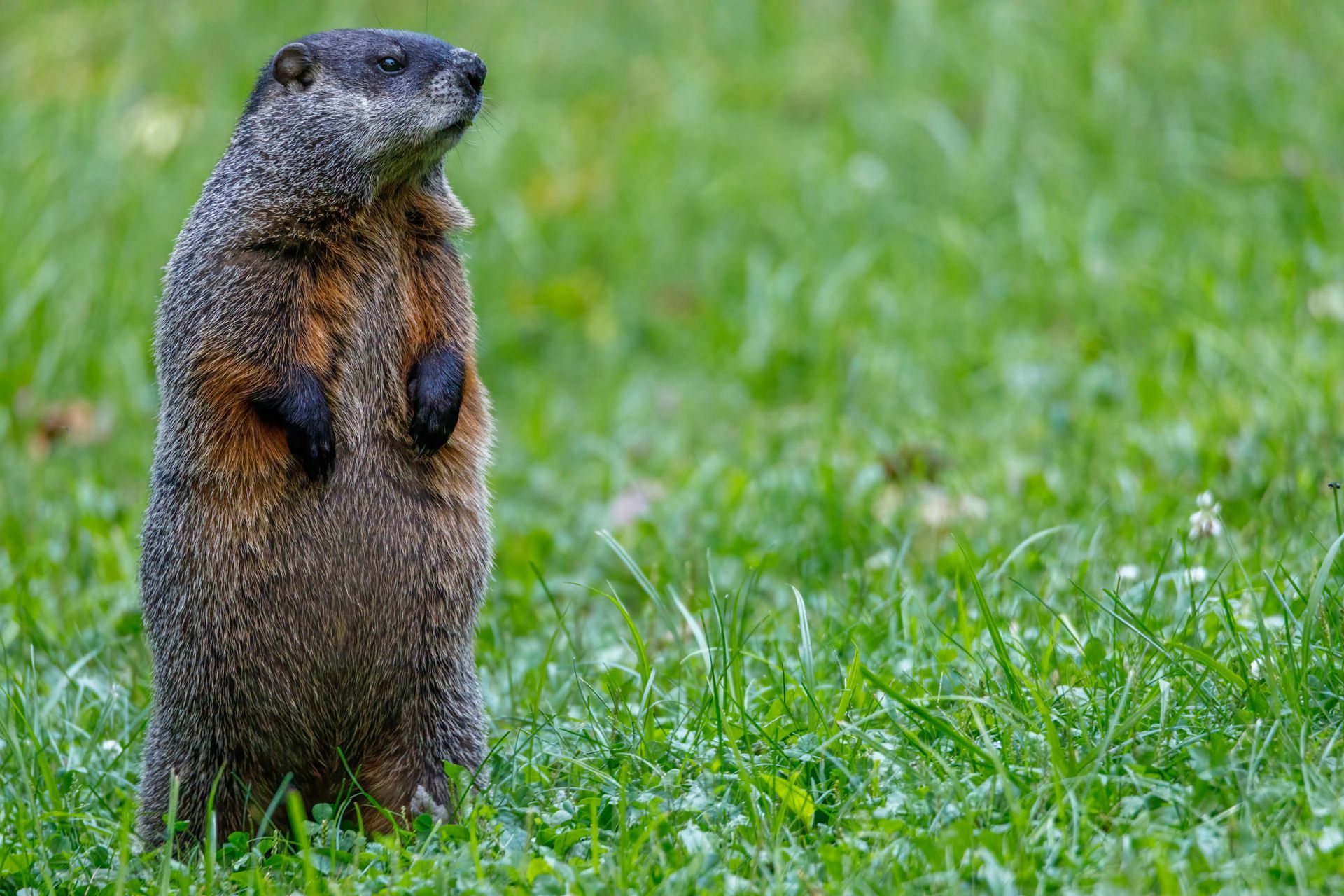How Pest Problems Can Negatively Affect Real Estate Value
Understanding the Impact of Pest Infestations on Property Worth

Location, condition, and market trends are well-known factors that influence property value. However, pest infestation is one often overlooked issue that can drastically impact a property’s worth. From termites and rodents to bedbugs and ants, pest problems can lead to severe damage and devaluation of real estate. Let’s delve into how pests can negatively affect real estate value and offer tips on safeguarding your investment.
Types of Pests That Impact Property Value
- Termites: Termites are notorious for their ability to cause extensive structural damage. They feed on wood, weakening the framework of buildings and potentially causing thousands of dollars in repairs. Homes with termite infestations often see a significant drop in value due to the cost of treatment and repairs.
- Rodents: Rats and mice damage property by gnawing on wires, insulation, and walls. They also pose health risks through their droppings and potential to carry diseases. Properties infested with rodents can deter potential buyers and decrease market value.
- Bedbugs: Bedbug infestations are challenging to eliminate and can lead to repeated treatments. Bedbugs can tarnish a property’s reputation, making it less desirable and lowering its value.
- Ants and Cockroaches: These pests may seem minor compared to termites or rodents, but their presence can still indicate more significant problems, such as poor maintenance or sanitation. Infestations can lead to negative impressions and reduced property value.
How Pest Problems Impact Real Estate Value
- Cost of Repairs and Treatments: Pest infestations often require professional treatment and significant repairs. The cost to address these issues can be substantial, and properties needing extensive work may see their market value decrease to account for these expenses.
- Health and Safety Concerns: Properties infested with pests can pose health risks to occupants. Mold from pest droppings, insect allergens, and the potential spread of disease can make a home unsafe, leading to a devaluation.
- Negative Perception: A property with a history of pest problems may struggle to attract buyers. Even after treatment, the stigma of a past infestation can linger, reducing buyer interest and thus lowering the property’s market value.
- Home Inspection Issues: Pest damage discovered during a home inspection can lead to failed sales or demands for significant price reductions. Buyers are likely to negotiate lower prices or back out of deals if they find evidence of pests.
Protecting Your Property from Pest-Related Devaluation
- Regular Inspections: Schedule regular pest inspections to catch and address issues early. Professional inspections can identify problems before they become severe, saving you from costly repairs and maintaining your property’s value.
- Maintenance and Repairs: Keep your property well-maintained. Fix leaks, seal cracks, and address any areas where pests could enter or nest. A well-maintained home is less likely to attract pests.
- Use Preventative Measures: Employ measures such as Critter-Repellent’s products to deter pests from entering your home. For example, Critter Repellent’s Shake-Away products can help keep various pests at bay, protecting your property from infestations.
- Educate Yourself: Stay informed about the signs of pest infestations and the best practices for prevention. Knowledge is a powerful tool in maintaining a pest-free property.
Pest problems can severely impact real estate value by causing structural damage, posing health risks, and deterring potential buyers. Regular maintenance, preventive measures, and professional pest control services are essential to protecting your property and maintaining its market value. By staying vigilant and protective, homeowners can avoid the pitfalls of pest infestations and preserve their investments.
Critter Repellent All Natural Animal Repellent Blog












